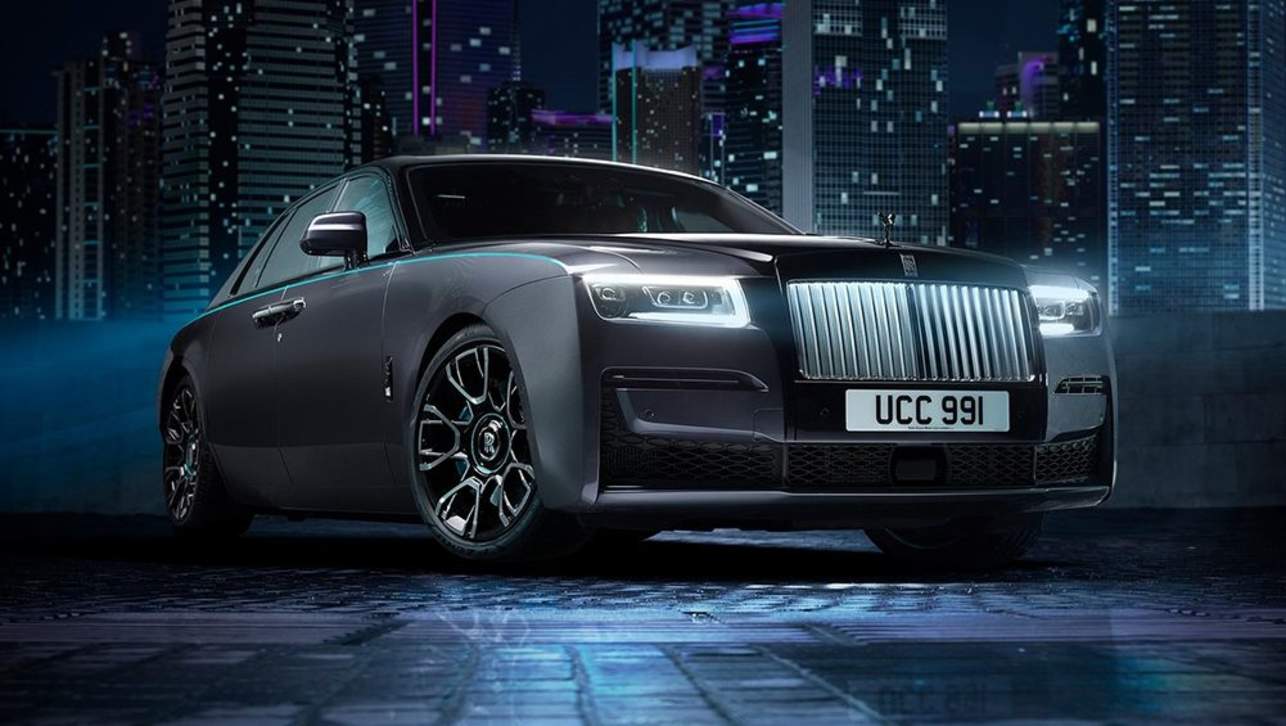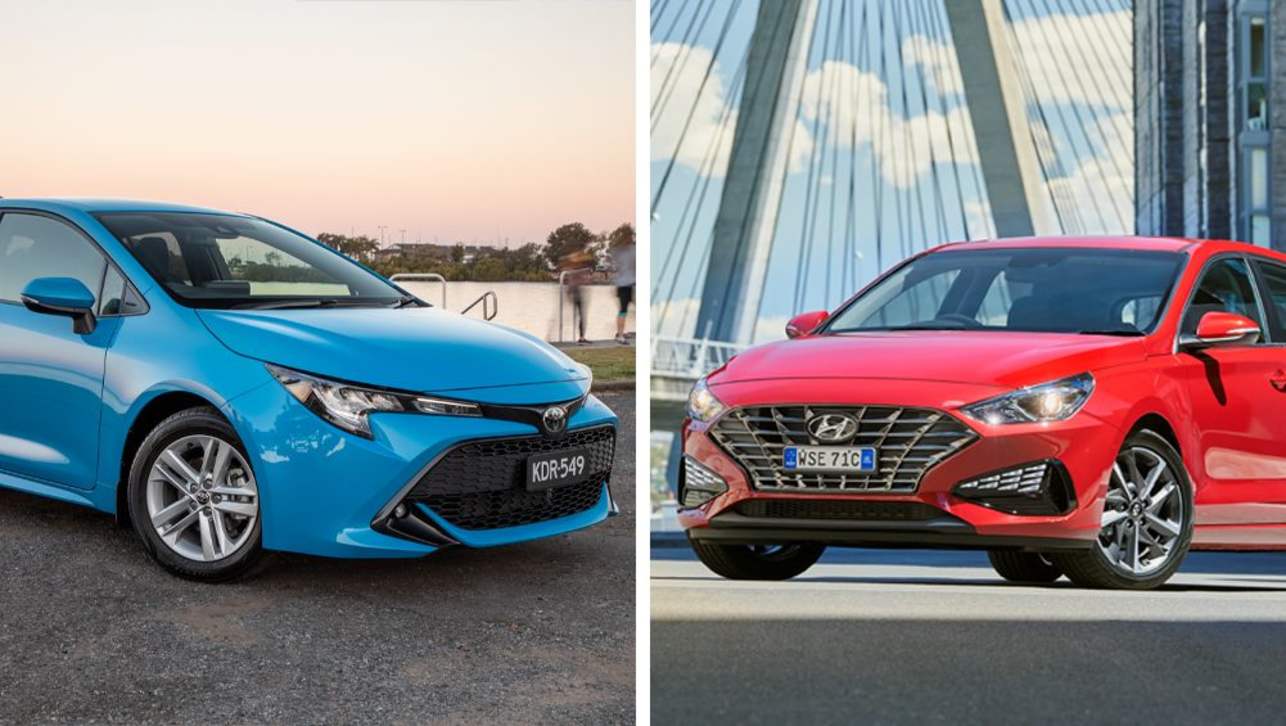What is the average width of a car?
The average width of a car is 1.94 metres.
That figure comes from averaging the width of popular vehicle types spanning the Australian new car market.
The average width of a small/compact SUV is about 1800mm, the average width of a medium SUV is about 1840mm, the average width of a large SUV is about 1860mm, the average width of an upper large SUV is about 1980mm, the average width of a ute is about 1870mm, and the average width of a US pick-up is about 2300mm.
One of the most crucial factors you must take into account when buying a car is whether it will fit in the allocated place in which you plan to park it when it’s not being used – whether that be a resident-only car park, your driveway, garage, car port, etc. And, of course, a vehicle’s width is part of this.
So, how wide are cars? Whether you’re buying a hatchback, a sedan, a wagon or a full-size US pick-up, you must know the dimensions of your potential purchase in order to ensure you’re able to safely house it at your home.
Car widths differ depending on the vehicle type, for instance a Hyundai i30 (1795mm) is not anywhere near as wide as a Ram 1500 pick-up (2465mm).
Note: for the purposes of this yarn, we’re focussing on commercially available mainstream passenger vehicles.
So, what is the average width of a car? As the old saying goes: how long’s a piece of string?
Read on.
How and why does the width of a car differ?
The width of different vehicle models within the same realm – hatchbacks, sedans, wagons, SUVs, utes, pick-ups, etc – does not vary as greatly as length may. By its very nature, a motor car has to accommodate at least two seated people across its width.
How much do vehicles differ? Not a whole lot, really. Models that occupy the same section of the market will be within 150mm of each other in terms of width.
A small urban car, perhaps well suited to a couple or a couple and their labradoodle, will need less people- and cargo-space than a gargantuan, bush-based, horse-trailer-towing US pick-up that regularly carries five people (and two dogs in the tub).
.jpg)
So, it’s logical the city runabout vehicle will take up less physical space – and so offer less room – than something like an outback load-lugger.
But generally speaking, cars within the same realm – hatchbacks, sedans, wagons, SUVs, utes, pick-ups – will have similar measurements.
And remember, a carmaker’s listed vehicle specifications will often include two width measurements: without the wing mirrors extended (which we will use throughout this yarn), and with the wing mirrors extended.
Is there an advantage to having a wider or narrower car?
Of course there is, and which one you prefer – wider or narrower – mostly boils down to your lifestyle and specific vehicular needs.
The main advantage of having a narrow(er) car (hatchback, etc) is its ease of parking in urban areas. For your reference, the minimum dimensions of a small car parking space in Australia (as per the Australian Standard AS 2890) is listed as 2.3 metres wide by 5.0m long. So, there’s that…
The main advantage of having a wider car (wagon, van, ute) is the fact that its extra width translates into more interior room and cargo space, meaning (hopefully) more comfort and greater people- and/or cargo-carrying ability.
How much do car widths differ by within the same category? Well, I reckon there’s about a maximum 150mm difference between the narrowest and widest in each vehicle type. Reckon I’m incorrect? Good for you. Feel free to push back in the comments section.
.jpg)
What is the average width of cars?
In Australia we use the metric system of measurement. In this feature, we’ll refer to a car width in millimetres, which is a standard specification measurement in the vehicular world, rather than listing a car width in metres or an average car width in cm or, god forbid, feet.
The Federal Chamber of Automotive Industries (FCAI) defines selected vehicle types on their footprint (defined as length - mm x width - mm, rounded).
This is a more considered way of calculating how much space a vehicle occupies, rather than merely thinking about only its width or length.
First up, micro, light or small cars* – we’re talking about vehicles such as Kia Picanto, Suzuki Ignis, Toyota Yaris, Hyundai Kona and the like.

(* Micro: “Hatch, sedan or wagon with a footprint < 6300mm”; Light: “Hatch, sedan or wagon with a footprint range 6301-7500mm”; or Small: “Hatch, sedan or wagon with a footprint range 7501-8300mm”, according to the FCAI.)
The narrow Picanto is listed as “from 1595mm” across, according to our dimension experts here at carsguide.com.au. The wide-for-a-small-car VW Polo is listed as having a width “from 1751mm”, by the CG mob.
CarsGuide has listed the Subaru Impreza width as “from 1775mm” wide, and the Ford Focus is listed as “from 1825mm" wide.
The average width of a small SUV (with a length - mm x width - mm less than 8100mm) in this part of the vehicular market, according to CarsGuide measurement experts, falls somewhere between 1760mm wide (Kia Stonic) and 1819mm wide (Volkswagen T-Roc).
.jpg)
Let’s jump to medium SUVs – (with a FCAI-defined footprint of 8101mm-8800mm) – which includes vehicles such as Kia Sportage, Mazda CX-5, Mitsubishi Outlander, Toyota RAV4, Nissan X-Trail, Volkswagen Tiguan, etc. These vehicles are referred to as “medium” or “mid-size” and may have five or seven seats.
The average width of a medium SUV falls somewhere between 1800mm (Mitsubishi Outlander, as listed by CarsGuide) and 1883mm wide (Ford Escape, as listed by CarsGuide).
Large SUVs can carry up to seven people; upper large SUVs are able to carry up to eight passengers.
The average width of a large SUV (with an FCAI-listed footprint of between 8801mm and 9800mm) such as Toyota Prado, Land Rover Discovery and their ilk, falls somewhere between 1815mm (Mitsubishi Pajero Sport, as noted by CarsGuide) and 2008mm (Land Rover Defender, as noted by CarsGuide).
.jpg)
Upper large SUVs have a FCAI-defined footprint bigger than 9801mm. Think 300 Series LandCruiser (“from 1970mm wide”), Hyundai Palisade (“from 1975mm wide”), and Nissan Patrol (“from 1995mm” wide).
Utes are classified as light trucks, which are “vehicles designed principally for commercial but may include designs intended for non-commercial applications."
They’re available as two-wheel drive (4x2) or four-wheel drive (4x4) vehicles, and as a cab chassis or with a tub at the rear.
These vehicles can legally carry up to five people in the cabin, depending on the body type, and have a FCAI-defined footprint of between 9001mm and 9501mm.
.jpg)
The average width of a ute available in Australia falls somewhere between 1815mm (Mitsubishi Triton, as listed by CarsGuide) and 1954mm (VW Amarok, as listed by CarsGuide).
Pick-ups are like utes on steroids and the availability of these US 'trucks' is no longer restricted to Australia's grey imports market.
Pick-ups – we’re talking about the likes of the Ram 1500, the Ram 2500, the Chevrolet Silverado, the Ford F-150, etc – are now available via mainstream distributors.
The average width of these vehicles falls somewhere between 2063mm wide (Chevrolet Silverado, as listed by CarsGuide) and 2630mm wide (Ram 3500, as listed by CarsGuide).
.jpg)
How to find out the width of a particular vehicle
If you’re reading this yarn on the CarsGuide website – and not on some dodgy website that’s pilfered our content and is pretending it’s their own – then look up at the menu bar at the top of the page and tap ‘Pricing and Specs’. That will take you, yes, to the ‘Pricing and Specs’ section.
Also, feel free to visit the appropriate car-maker’s website and download any specification sheets that are relevant to your particular choice of vehicle. Make sure you look at the correct make-model-variant details.




.jpg)

.jpg)
.jpg)
 copy.jpg)
.jpg)
.jpg)
.jpg)
.jpg)
.jpg)



.jpg)
.jpg)


.jpg)
.jpg)
.jpg)
.jpg)


.jpg)

Comments